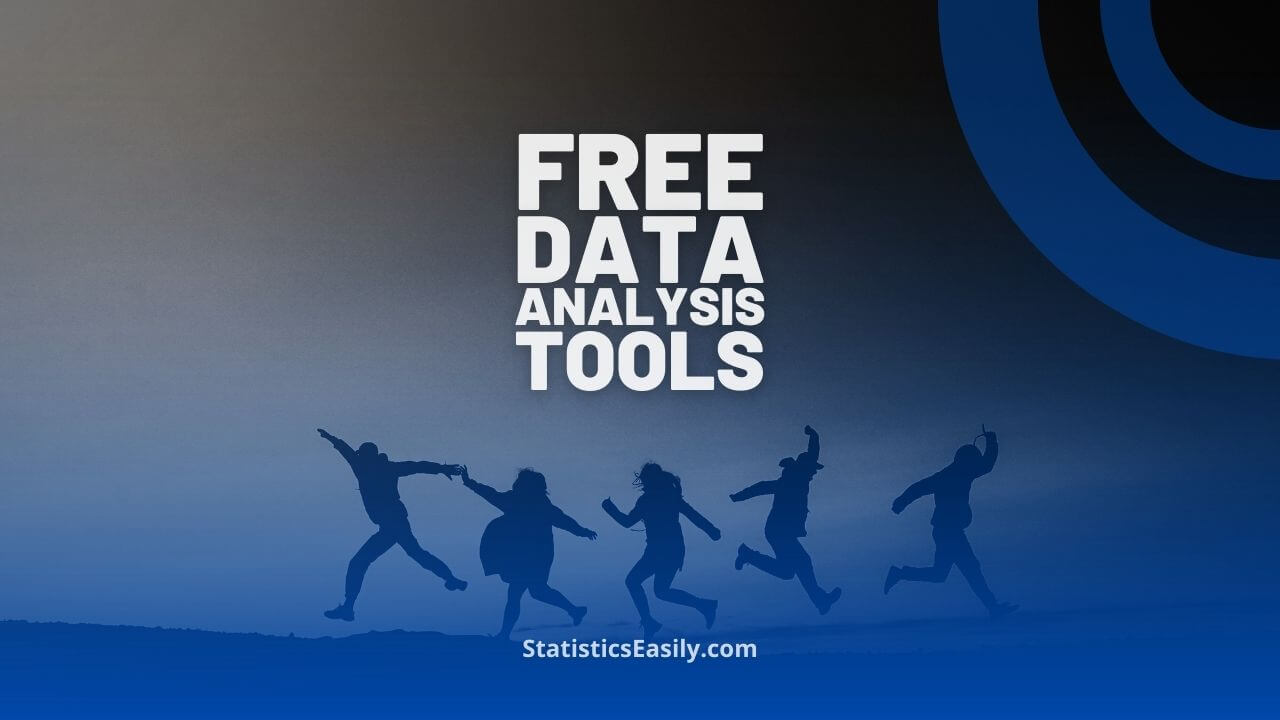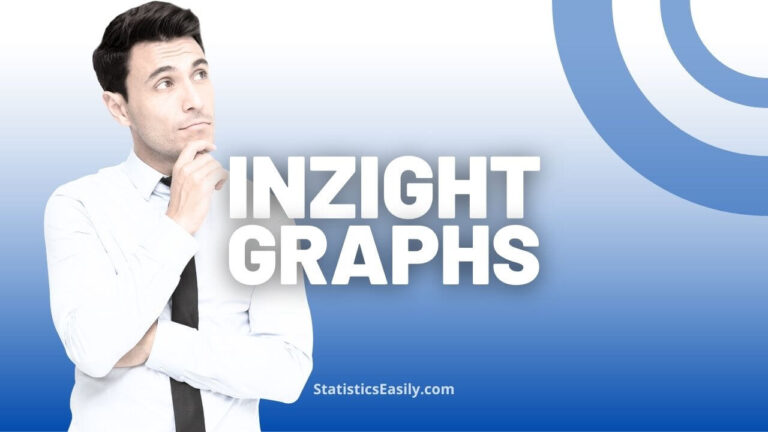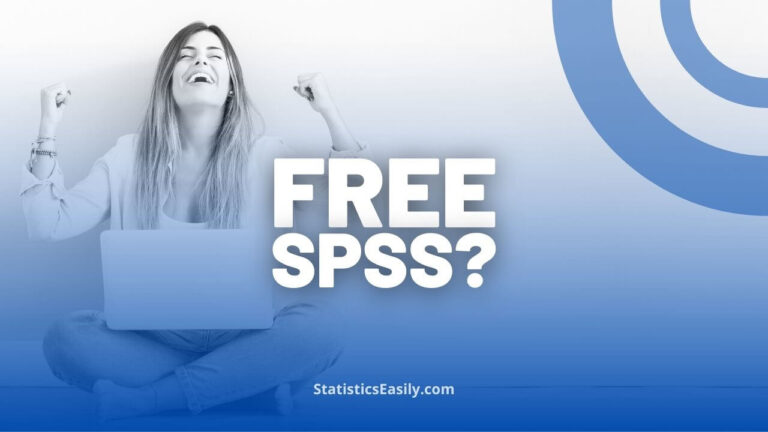Top 5 Free Tools for Data Analysis in 2024
In this article, we explore the top free tools for data analysis in 2024. We discuss everything from programming languages supported by specialized environments to intuitive platforms that require little or no coding experience. We also touch upon resources dedicated to data visualization. Each tool is backed by a strong community and educational resources, making them accessible to both professionals and beginners in the field.
Introduction
The landscape of data analysis is perpetually shifting, with advances in machine learning algorithms, statistical techniques, and computing power. 2024 is an exciting time in this field, as tools are becoming more user-friendly and robust.
If you’re an aspiring data scientist, a business analyst, or anyone interested in diving into data, you’ll need the right set of tools. To set you on the right path, we’ve compiled a list of the top 5 free tools for data analysis that you should consider using.

1. R and RStudio
Official Website for R | Official Website for RStudio
Why It’s Important:
R, developed by Ross Ihaka and Robert Gentleman at the University of Auckland, New Zealand, has become an essential tool for statisticians, data analysts, and researchers. It is open-source and tailored specifically for data analysis, statistical modeling, and graphical data representation. When coupled with RStudio, a free integrated development environment (IDE) that provides a user-friendly interface for R, you’re equipped with a full-fledged statistical computing environment.
RStudio enhances R’s user interface, making it more intuitive. It provides features like syntax highlighting, code completion, and easy visualization of plots, thus streamlining the development process for R scripts. RStudio also supports version control interactive reporting and offers a range of extensions, adding layers of functionality to an already powerful language.
Features:
The R language offers an impressive array of statistical techniques and is extensible through packages. A package is a set of bundled functions, sample data, and documentation that can be downloaded from the Comprehensive R Archive Network (CRAN). Packages like ggplot2 for advanced plotting, dplyr for data manipulation, and caret for training machine learning models extend the base functionality of R.
The syntax of R has been carefully designed to be as intuitive as possible, particularly for those familiar with statistical methods. For instance, if you need to perform linear regression, the function is simply lm(). This ease in readability and usage makes it easier for statisticians and data analysts to focus on the problem without being bogged down by the toolset.
Community and Support:
The R community is arguably one of its most significant assets. Forums like Stack Overflow and Reddit have dedicated R communities. Numerous blogs offer free tutorials and advice on best practices in R. Many online courses, such as those from Coursera and Udacity, offer in-depth R programming courses, often for free or cheap.
2. Python and Jupyter Notebook
Official Website for Python | Official Website for Jupyter
Why It’s Important:
Python is a general-purpose programming language that has seen applications in various domains, from web development to scientific computing. Recently, it has become trendy in the data science community. One of the primary reasons for this popularity is the availability of specialized libraries for data analysis, such as Pandas, NumPy, and Matplotlib.
Jupyter Notebook is an excellent supplement to Python, providing an interactive computing environment where you can include code, equations, visualizations, and narrative text in a single document. This makes it a versatile tool for exploratory data analysis, statistical modeling, and machine learning.
Features:
Python boasts a rich ecosystem of libraries tailored for data science. For example, Pandas provides data structures for efficiently storing large amounts of data and time-series functionalities. NumPy facilitates numerical operations, and Matplotlib helps create static, interactive, and 3D visualizations. Jupyter Notebook allows viewing all these elements in a single, cohesive environment, immensely beneficial for data analysis.
The Jupyter Notebook interface enables you to integrate code and text in a way that’s both effective for storytelling and explanatory analysis. This makes it a perfect tool for educational purposes, where understanding the thought process behind the code is just as important as the code itself.
Community and Support:
Python’s community is extensive and highly active. From forums like Stack Overflow to GitHub repositories, you’re sure to find help for any problems you encounter. Many Python conferences and meetups also occur globally, creating networking opportunities and fostering a sense of community. Free and paid tutorials are abundant, making Python one of the most taught languages today.
KNIME
Why It’s Important:
KNIME (Konstanz Information Miner) is an open-source data analytics platform that enables users to perform various data-related tasks, including data mining, cleaning, transformation, and, eventually, machine learning model deployment, all without writing a single line of code.
Being a graphical workbench, KNIME allows users to create ‘workflows’ by dragging and dropping nodes, which can be anything from data import/export actions, transformations, or even machine learning models. This intuitive approach makes it ideal for people needing stronger programming skills who want to perform complex data tasks.
Features:
KNIME offers a plethora of modules for various data manipulation tasks. With over 1000 modules and extensions, you can connect to numerous data sources, perform transformations, and execute machine learning algorithms. Its adaptability extends to other programming languages; it can seamlessly integrate with R and Python, providing a comprehensive analytics solution.
KNIME’s interface is organized and straightforward, allowing users to focus on the task. The drag-and-drop feature simplifies the data preparation phase, and the ability to preview data at any node makes it easier to track changes throughout your workflow.
Community and Support:
KNIME has a loyal following in the data analytics community. Numerous online forums and tutorials are available to assist beginners. The company offers various online resources, from user guides to video tutorials. They also host an annual summit where experts in data science and analytics come together to discuss the latest trends and share insights. This helps in not just solving immediate issues but also in understanding the tool’s capabilities in the long run.
Orange
Why It’s Important:
Orange has carved out a niche as a tool that is equally accessible to beginners and advanced users. The open-source data visualization and machine learning platform leverages a component-based drag-and-drop interface to streamline the process of analyzing data.
Orange democratizes data analysis by offering a medium where you do not need advanced programming skills to create meaningful visualizations or even run machine learning models. It is an excellent stepping stone for those who are new to the world of data analytics and provides a platform for learning that is both engaging and insightful.
Features:
Orange offers an array of pre-configured widgets that can be dragged and dropped to perform various tasks. These widgets range from simple data input methods to complex machine learning algorithms. Each widget offers a set of parameters that can be adjusted to fine-tune the operation.
Furthermore, Orange allows for incorporating Python scripts, adding an extra layer of customization and functionality. It supports various forms of data, including time-series data. It offers advanced visualization tools like scatter plot matrices, hierarchical clustering, and heat maps.
Community and Support:
Orange has a growing community, although smaller than R and Python. The development team actively engages with the community, frequently updating the tool based on user feedback. There are also numerous tutorials, both official and community-generated, that can help users at different skill levels.
Tableau Public
Official Website for Tableau Public
Why It’s Important:
Tableau Public is a free offering from the data visualization giant Tableau. It provides robust data visualization tools to turn raw data into interactive dashboards, charts, and graphs. While the public version does have limitations, such as the inability to save work locally, it remains a potent tool for small to medium-sized data visualization projects.
Features:
Tableau Public offers various chart types and customization options, accommodating different data visualization needs. You can import data from multiple sources like Excel spreadsheets, web data connectors, and cloud services. The platform also lets you publish your visualizations online, making it easy to share your insights.
The tool supports real-time data analytics, which is particularly useful for tracking trends and making time-sensitive decisions. The drag-and-drop interface is intuitive, and the platform offers advanced functionalities like calculated fields and parameter controls.
Community and Support:
Tableau has a large and active community. There are numerous online forums, tutorials, and free resources that can help you get started or troubleshoot issues. Many experts in the field of data visualization also use Tableau, providing a wealth of shared knowledge and best practices.
Conclusion
Data analysis is an increasingly vital skill in today’s data-driven world. The tools discussed here, each with unique features and supportive communities, are excellent options for anyone looking to delve into data analysis. By offering free versions, they make data analytics accessible to anyone interested, regardless of budget constraints.
Whether you are a seasoned data scientist or someone taking their first steps in this fascinating world, these are the top 5 free tools you should consider using in 2024. The availability of such high-quality, free tools democratizes the field of data analysis, making it possible for more people to uncover insights from data, thereby contributing to the overall advancement of the area.
Recommended Articles
Interested in learning more about statistical analysis and its vital role in scientific research? Explore our blog for more insights and discussions on relevant topics.
- Mastering the Chi-Square Test: A Comprehensive Guide
- What is the Difference Between the T-Test vs. Chi-Square Test?
- Understanding the Null Hypothesis in Chi-Square
- Effect Size for Chi-Square Tests: Unveiling its Significance
- Understanding the Assumptions for Chi-Square Test of Independence
Frequently Asked Questions (FAQs)
Data analysis is crucial in 2024 because it allows organizations and individuals to make informed decisions based on factual information. It also enables one to uncover trends, patterns, and insights contributing to better decision-making and advancement in various fields.
The top 5 free tools for data analysis in 2024 are R and RStudio, Python and Jupyter Notebook, KNIME, Orange, and Tableau Public.
R is an open-source language tailored for statistical modeling and data analysis. RStudio enhances the R user interface, making it more user-friendly. Both are ideal for statisticians, data analysts, and researchers who require a comprehensive statistical computing environment.
Python is a general-purpose language with libraries like Pandas, NumPy, and Matplotlib for data analysis. Jupyter Notebook is an interactive computing environment where code, equations, and visualizations can be combined. They offer a rich ecosystem for data manipulation and visualization.
KNIME is an open-source data analytics platform that allows various data-related tasks without coding. It uses a graphical interface where you can create workflows by dragging and dropping nodes, ideal for those without strong programming skills but in need of performing complex data tasks.
Yes, Orange is designed to be accessible to beginners and advanced users alike. It has a drag-and-drop interface for performing tasks ranging from simple data input methods to complex machine-learning algorithms without requiring advanced programming skills.
No, Tableau Public is a free version with limitations, such as the inability to save work locally. However, it offers robust data visualization tools, making it suitable for small to medium-sized data visualization projects.
Each tool has its community, forums, and educational resources. For instance, R and Python have extensive communities with plenty of online tutorials and forums. KNIME and Orange have dedicated online resources and community contributions. Tableau has a large, active community with many online resources.
By offering free versions, these tools make data analytics accessible to anyone interested, regardless of budget constraints. This democratization allows more people to contribute to data-driven decision-making and advances in the field.
No, these tools are versatile and can be used by anyone interested in data analysis, from business analysts and data scientists to academics and individuals with a keen interest in data.




